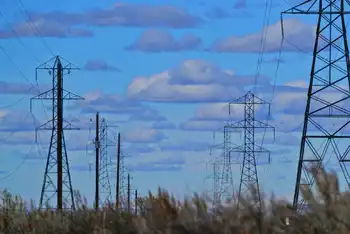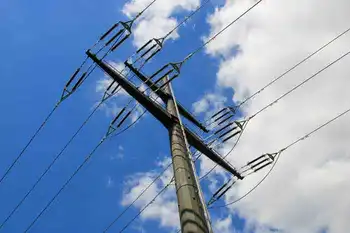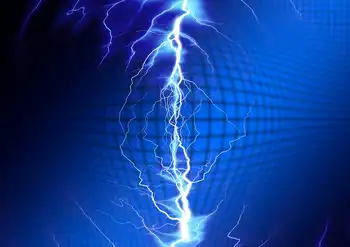AEP calls for dedicated wireless system for Smart Grid
By Earth2Tech
NFPA 70e Training
Our customized live online or in‑person group training can be delivered to your staff at your location.

- Live Online
- 6 hours Instructor-led
- Group Training Available
In other words AEP supports the idea of having the government allocate wireless spectrum specifically for utilities to use for smart grid purposes. This would mean either restricting that spectrum to a few select groups, or making it completely off limits for other types of companies and organizations working on things other than smart grid technology.
The argument behind this call from AEP is that as utilities roll out more and more smart grid services, the utilities will need more and more network bandwidth. The fear for some utilities is that heavy use of unlicensed, undedicated wireless spectrum — which can be used by any company if they follow specific rules for using the spectrum — could lead to interference between their smart grid applications and other groups’ uses of the network.
In AEP’s presentation for the FCC it wrote: “Dedicated spectrum is much less likely to receive interference and has a remedy procedure if interference is experienced.”
It’s not a new idea. The Utilities Telecom Council, a trade group made up of utilities and grid vendors, has been advocating for years that utilities “must have access to dedicated radio spectrum.” In the face of all the attention on the smart grid build-out the UTC has increased its efforts to obtain dedicated spectrum for utilities calling for about 30 MHz of spectrum. Canada has allocated about 30 MHz of spectrum for its power grid, and the UTC argues that the U.S. should do the same.
AEP also said to the FCC that it agrees with the UTC in that the U.S. should harmonize utility smart grid wireless spectrum with Canada and block out 30 MHz. AEP writes: “Common spectrum allocation with Canada supports economies of scale for equipment and service providers lowering overall cost of ownership to utilities and ultimately lower rates to rate payers.”
Many tech vendors, particularly those that sell wireless gear that uses unlicensed spectrum, say interference is not a significant issue and that smart software solved this problem years ago. Other companies, particularly those selling wireless gear that uses licensed network spectrum, maintain that interference is a reasonable problem for smart grid applications in unlicensed spectrum.
ItÂ’s enough of a problem that the Electric Power Research Institute (EPRI) told the National Institute of Standards in a report that it should put together a group to study the issue of interference in unlicensed radio spectrum for smart grid applications.











